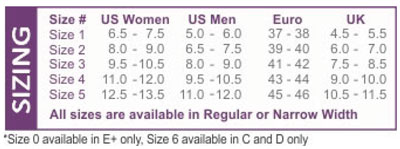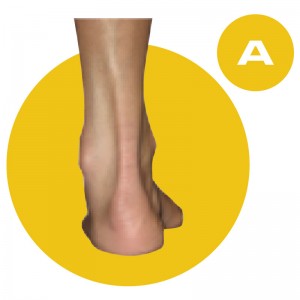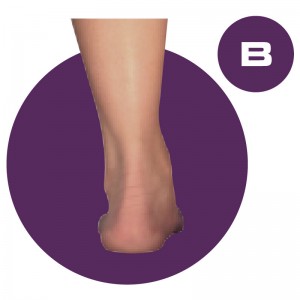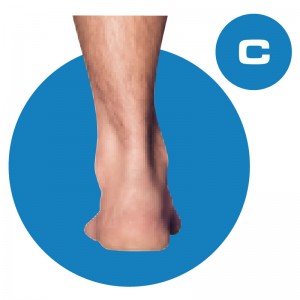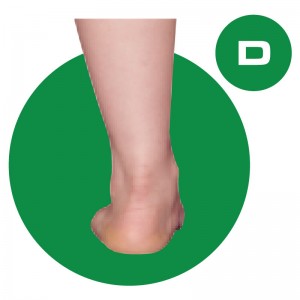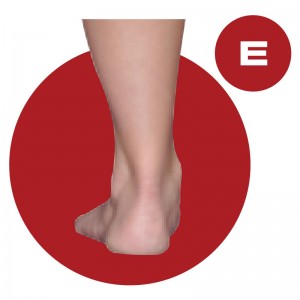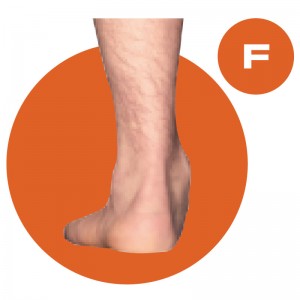B QUAD – Mild Pes Planus
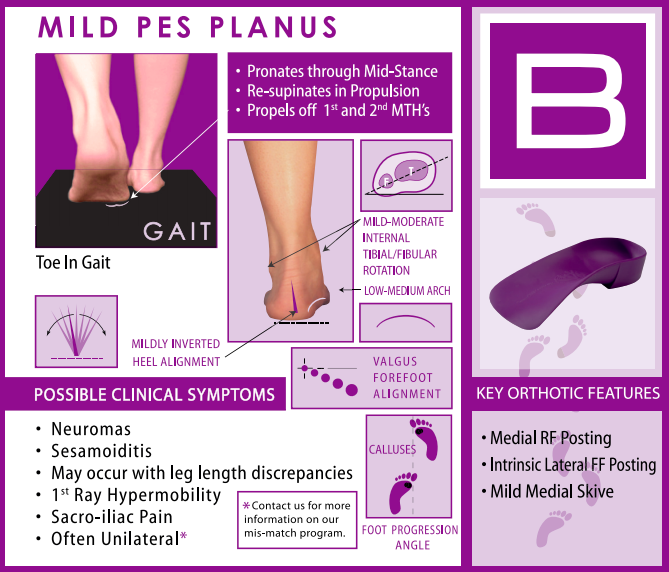
The B QUAD Foot-Type is a mildly over-pronated foot type or Mild Pes Planus. The key characteristic of people with this foot type is that they tend to walk with a toe-in gait, which is commonly referred to as being pigeon-toed.
This foot-type is often only found on one foot, especially in adults, and if that’s the case it is usually associated with a leg length difference. This foot-type is not very common in adults and affects less than 10% of the adult population. However, it is very common in children and adolescents. Most of the adults who have this foot-type on both feet have what we describe as ‘child-like’ bodies, which means that they tend to be very petite, don’t weigh much and are more likely to be female. Or they just have it on one foot, most likely due to a leg length difference.
One of the reasons why this foot-type is common in children and not so common in adults is that the foot tends to be a little unstable and usually gets worse over time and changes into either a D or F foot-type as a child gets older. If you start off with a B Foot-Type, it is unlikely that you will stay a B Foot-Type into adolescence and adulthood.
In adults it is more likely that you will see this condition occur on one foot only with a leg length difference on the shorter leg. This is because of the way the foot functions helps to lengthen a shorter leg. When this foot-type occurs on one side only, we refer to this as a “foot disparity”. When foot disparities occur, each foot functions differently from one another, as so each limb functions differently as well. This has a direct effect on the hips and low back, often leading to sacral-iliac pain. Heel and lower back pain is common. About 30% of the population has two different foot-types, this means that you would need two different orthotic styles, it doesn’t make sense to have to have the same orthotic design for both feet if they are functioning differently. If you do have a pronounced leg length difference, we recommend that you see your health care practitioner to evaluate if you may need a build-up or heel-raise for the orthotic on the shorter side.
All Quadrastep Orthotics are available in Regular and Narrow Widths, and with a topcover an an additional charge.
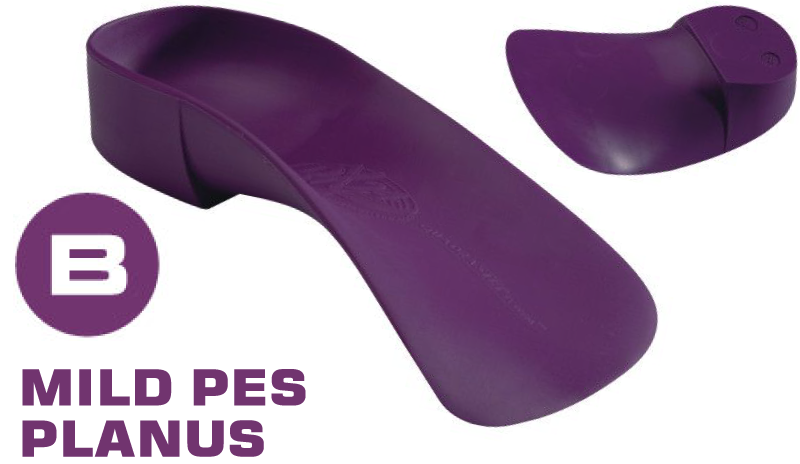
Key Orthotic Features:
- Medial Rearfoot Posting
- Intrinsic Lateral Forefoot Posting
- Mild Medial Skive
B Quad Possible Clinical Symptoms
- Sesamoiditis
- 1st Ray Hypermobility
- Sacroiliac Joint Pain
- Often unilateral, may be associated with leg length discrepancies
